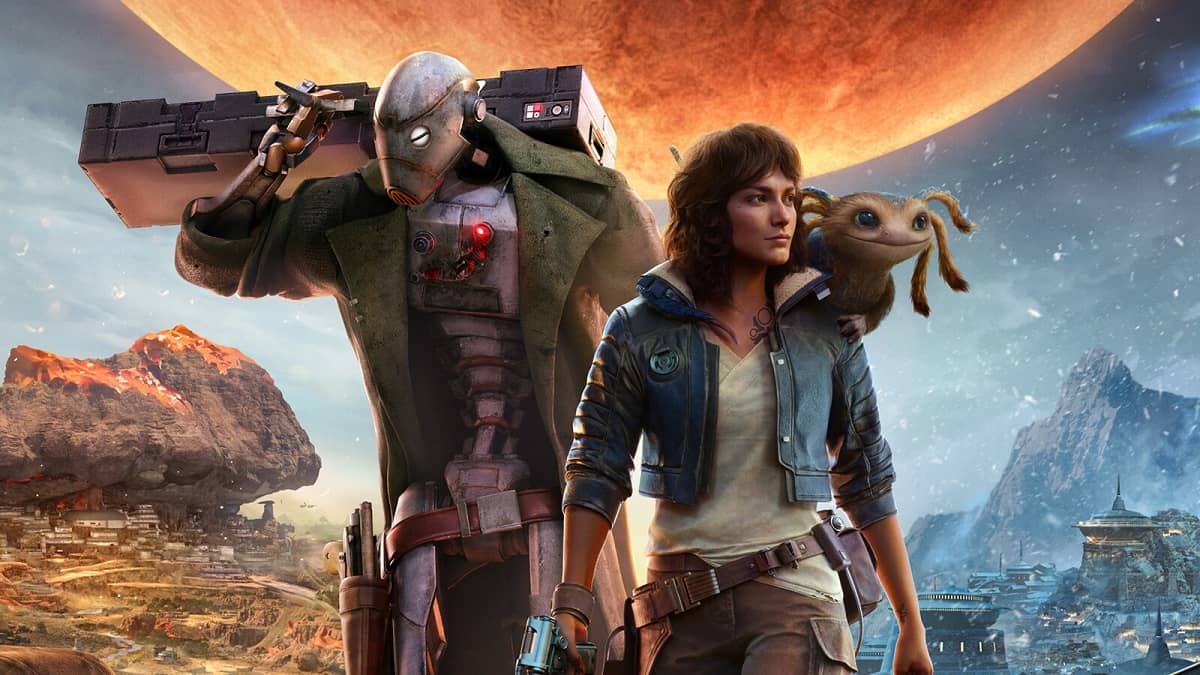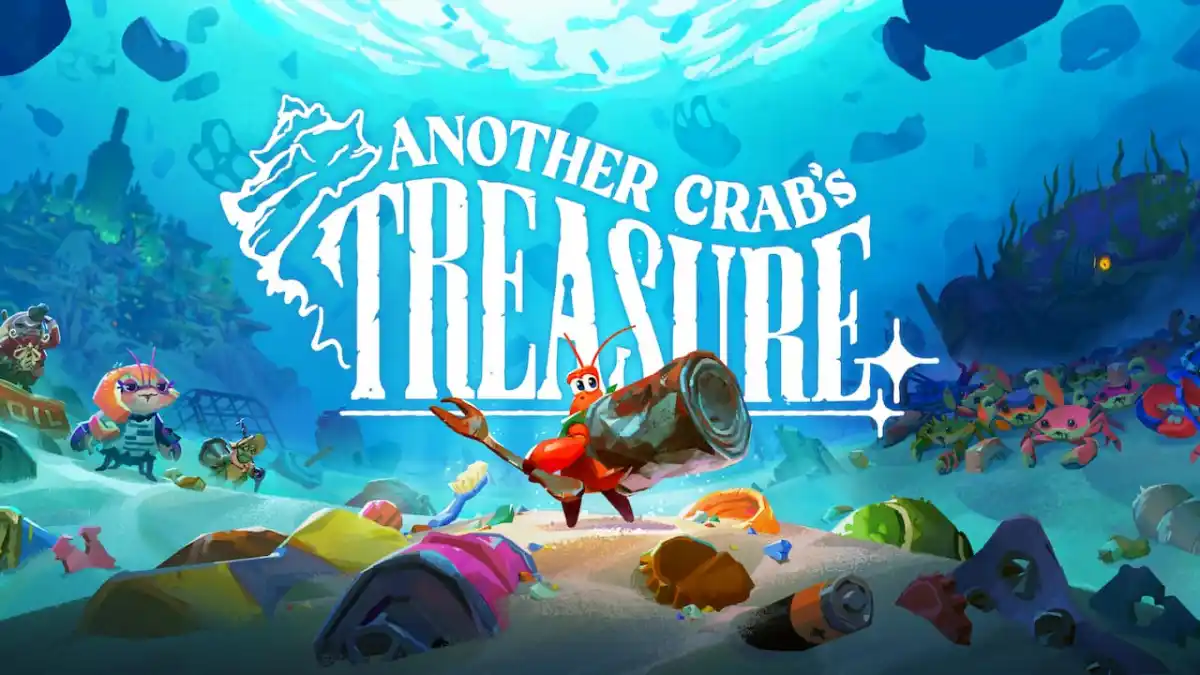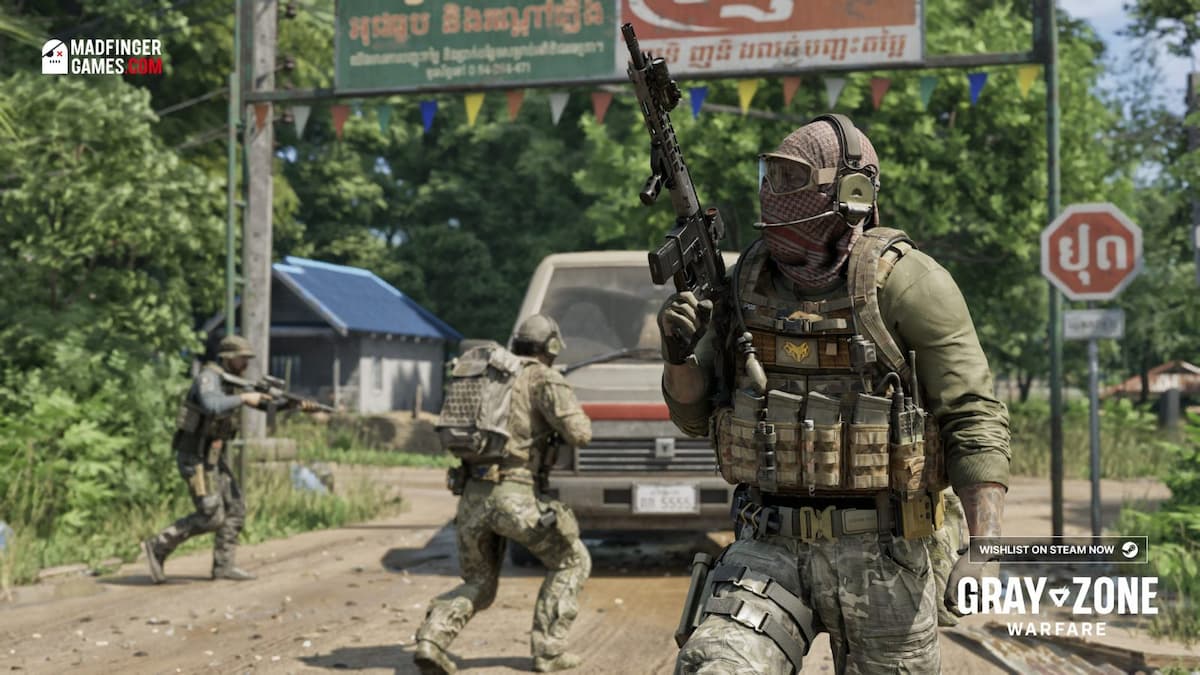It’s A Terrible Thing To Lose
It’s only appropriate given the episodic, seasonal structure of Telltale’s games, but the opening moments of most Telltale releases tend to start strong. Events like the heist sequence from Batman: The Telltale Series‘ first episode and the mounting dread of The Walking Dead Season 1‘s squad car ride serve an important purpose.
They act as concentrated statements, quickly laying out the mood of the story and in some cases establishing the characters and stakes, priming players for what to expect from the game as the season proceeds.
Guardians of the Galaxy: The Telltale Series manages this feat on the opening menu screen.
Marvel’s Guardians of the Galaxy: The Telltale Series: Tangled Up in Blue (PC [reviewed], PS4, Xbox One, iOS, Android)
Developer: Telltale Games
Publisher: Telltale Games
Released: April 18, 2017
MSRP: $4.99 / $24.99 (Season Pass)
Seriously, it’s kind of brilliant, a 3D tableau of the titular Guardians of the Galaxy, all climbing over each other to reach for a floating, geometric device of some sort, the angles set to Electric Light Orchestra’s “Livin’ Thing.” The lighter tone is also a good contrast with the similar, but more pompous tableau that closed out Avengers: Age of Ultron.
The menu captured the Guardians and the game so well that I let it loop for quite a while, appreciating the little details. I haven’t seen a main menu loop this good since Warhammer 40,000: Space Marine.
I just wish that the rest of the product was as adept at selling me on the game, or at least at justifying the need for me to pay it the necessary attention.

In some ways, that feels appropriate to the source. The Guardians of the Galaxy were always a bit of a hard sell. Over the decades, the group has gone through multiple incarnations as Marvel rearranged things in search of something that sticks. Even this incarnation’s team leader Peter “Star-Lord” Quill has had his history rebooted or retconned at least three separate times. This attempt to have a bunch of silly, obscure characters carry the flag for Marvel’s weird, space-based “cosmic” setting finally found a toehold with the successful 2014 film, so it’s no surprise that that movie, along with its effective use of ’70s and ’80s pop songs, would serve as the primary source for the game.
Indeed, Telltale’s version of the Guardians (the game isn’t directly connected to the comics or the movies) is practically lifted wholesale from the film, with a few minor changes. Gamora has those yellow markings around her eyes, and Peter looks uncomfortably similar to a young Handsome Jack from Borderlands. Drax’s tattoos are simpler, which between them and his skin tone, makes his character model look at times like its textures aren’t done loading in.
Quibbles like that aside, Guardians of the Galaxy is also one of the prettiest Telltale games I’ve played. For this game, they seem to have ditched the grimy, heavy-lined style they used for Batman and The Walking Dead, opting for a cleaner look, one reminiscent of the style seen in Star Wars: Rebels or even Disney Infinity, though skewing a little more towards the “realistic” end of the spectrum. It works well, and brings out the quality of the character models and the wilder color of the setting, though some animations still seem a bit stiff (If I never see that Telltale running animation again, it’ll be too soon).

Where the game stumbles, unfortunately, is in getting its story hooks in, particularly for the theoretical player that’s not already sold on the Guardians. Unlike Batman, which took place early in the Dark Knight’s career (it’s practically an alternate Batman: Year One), Guardians opens with the group already established and basking in the glow of a huge victory. Peter, Gamora, Rocket, Groot, and Drax have already met, bonded, and been working together for a while, and having accomplished their biggest mission to date, are looking at what comes next.
What comes next, of course, is to cash in, and it’s a conflict over who to cash in with that drives the first half of the episode. It’s also the source of the only consequential-seeming decision to be made in Tangled Up in Blue, but we’ll have to see how it pans out in later installments.
The second half of the episode is the shiny MacGuffin from the menu screen. It’s not an Infinity Stone, in case anyone was curious, but it serves the same purpose in the narrative, acting as the catalyst for the events moving forward.

The problem here is that I’m not really seeing just yet how the decisions I make — the selling point of most if not all Telltale games these days — really fit into that story. I’ve made my peace with their approach to branching. I realize that the choices are less a way to influence the path of the story than a way to make the journey feel like “mine.” But here, that fundamentally acknowledged futility feels more transparent than it did in other Telltale games.
Part of that’s down to the approach. If the Guardians are already tightly-knit, to the point that Peter and Gamora refer to each other as “family,” then the many choices that allow me to “roleplay” Star-Lord as a callous mercenary jerk just sound out of character, most of the time. Similarly, the stakes aren’t as yet articulated well enough that the conflicts being presented feel like a genuine threat to the group’s unity. Being a T-rated game in some ways doesn’t help, because at least in the M-rated Batman and Walking Dead titles Telltale could always rely on a death or two to mix things up. Simply put, the choices aren’t hard enough here that I end up buying into the notion that they’re going to have an effect beyond the merely tonal.
If nothing else, the episode works best if seen less as a chance to craft “my own” Guardians, than as an exercise in trying to play a Star-Lord that feels consistent with the established character. Rather than picking options and living with them like I did in The Walking Dead or Game of Thrones, I would revisit lines and moments and look for the right combination of heroism, greed, and flippancy that would most closely match my internal “WWSLD” (What Would Star-Lord Do?). This more exploratory mode is also why I would’ve loved a way to skip dialog and cutscenes I’d already seen, but I couldn’t seem to find it. I’m hoping I simply missed something or that it gets patched in right away.
I’d feel less conflicted if Tangled Up in Blue were a little more bold about showing us more than the movie did, but beyond minor cameos (references to Howard the Duck, Cosmo, the Universal Church of Truth, and others are welcome) and a villain from deeper in the canon, the most we get is an expansion of Peter’s past on Earth. These moments, delivered in flashback, are among the most human of the episode, and to their credit, deepen the evocation of Peter’s absent parents in a way that’s less cheap than in the movie.
The performances and general characterization also leave me with the hope that future episodes — which appear to be focused on each member of the cast, in turn — will prove my concerns about the larger plot unfounded. Scott Porter’s Star-Lord does the bulk of the talking, but Nolan North as Rocket Raccoon carries the day, in a pitch-perfect rendition of the character. I ended up keeping the save files where I sided with him, just to hear him quip and crack wise more often. Gamora and Drax do well enough, but despite doing the heavy lifting in action scenes, are subsumed a bit by Rocket and Star-Lord due to their lower-key personalities. At the risk of speculation, they’ll likely stand out better once the series shifts the spotlight.
Reactions to Marvel’s Guardians of the Galaxy: The Telltale Series will depend largely on how receptive a given player is to seeing more of the Guardians of the Galaxy in general. Unlike their successful big-screen debut, the narrative missteps in Tangled Up in Blue mean that players of the first episode won’t immediately fall in love with this motley crew of ne’er-do-wells. Anyone that’s already open to their cosmic antics will find a family that seems worth sticking with.
[This review is based on a retail build of the game provided by the publisher.]





